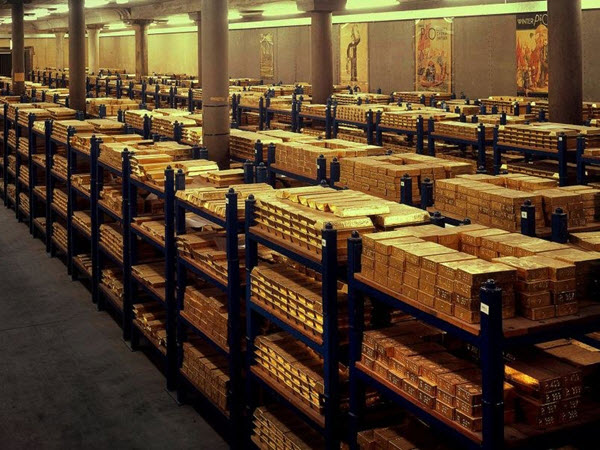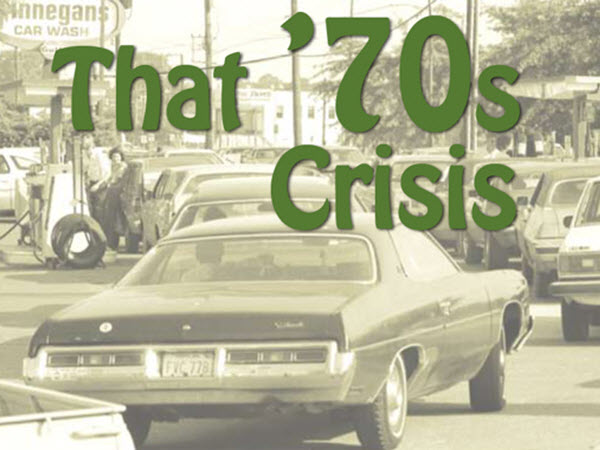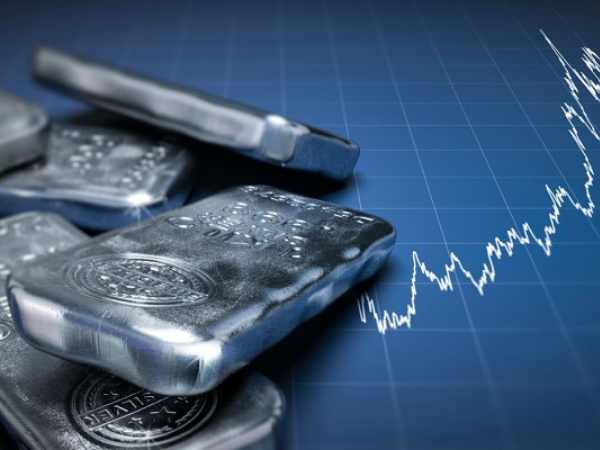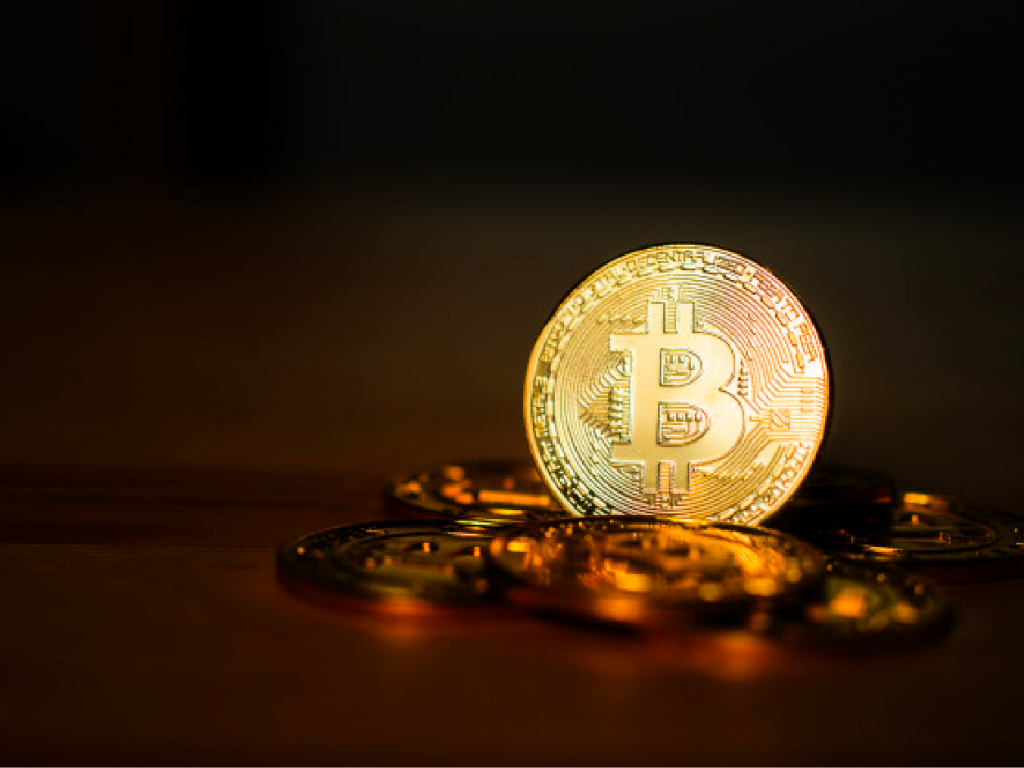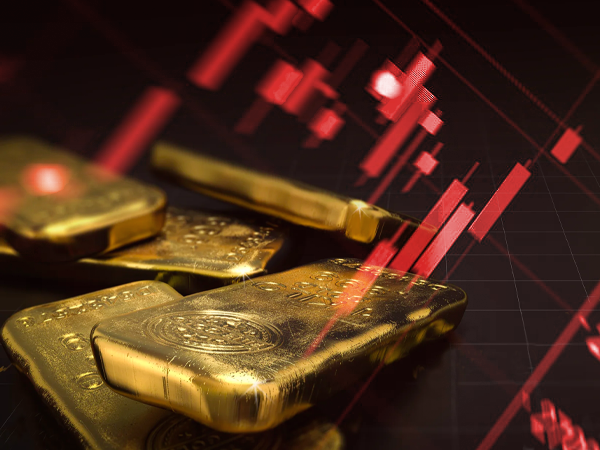
After months of sideways price action, gold appears to have resumed its uptrend, breaking out of its range and hitting a high just short of $1,890 during Friday’s trading session. With upwards momentum looking strong and the 200-day moving average passed, some are wondering what caused gold’s breakout after a fairly tepid few months. This time, the usual suspects are joined by an unusual trend that just might be the primary cause…
Inflation and dollar weakness
According to the World Gold Council, the price rise is the result of inflationary concerns, with the CPI jumping by 4.2% year-on-year in April. Commodity prices are soaring, which drives up the producer price index and increases consumer costs on virtually everything from food to homes.
In addition, the trillions of newly-printed dollars are still a primary concern for most investors. Thanks to three rounds of free money, spending has recovered so a lot of those dollars are chasing a limited quantity of goods, driving prices higher. with inflation already materializing on one front and warnings of a lot of more to come on another.
JPMorgan reports big institutional investors dumping “digital gold” for the real thing
Some experts view the recent cryptocurrency “correction” (which seems like too subtle a word to describe a 7-day 40% plunge) as the real reason behind gold’s recent price gains. Bitcoin was praised as an inflationary hedge due to its fixed supply and, in fact, was invented primarily as a counterweight to central bank malpractice after the 2008 financial crisis.
But the recent double-digit percentage correction in the market reminded investors looking for a hedge that the crypto market is, and has always been, a highly volatile one.
While bitcoin provides hedging utility, its price volatility absolutely boggles the mind. This is where gold emerges as a familiar, reliable and most of all stable asset, as an overnight double-digit percentage pullback would be virtually unheard of in the well-established market. That’s probably why JP Morgan’s report of big institutional investors choosing stable hedging with gold over volatile hedging with bitcoin.
That might be a partial explanation of our unusual fund flow report…
Paper gold funds bucking the price trend
As seen on Chief Investment Officer, Tom McClellan offers a curious take that even the keen analyst might have overlooked.
McClellan notes that spikes in gold prices are usually followed by massive inflows into large gold funds. It’s the same pattern you see in stocks: once a stock has proven it’s a winner by going up, everyone wants a piece of the success, so they buy. It’s a human reaction. It’s the closest thing to a law of investing there is.
This time is different. Despite a major upward move in gold’s price, two of the biggest gold funds (SPDR Gold Shares, GLD and iShares Gold Trust, IAU) have not gained buyers. They have not seen the kind of cash inflow that always seems inevitable when prices go up. What’s going on?
McClellan interprets this as investors still not having woken up to the goings-on in the gold market, perhaps due to the hectic economic situation affecting all other markets. This could also be seen as investors uncharacteristically holding out for further developments before making a move, which doesn’t sound bullish on its own.
McClellan explained the potential benefits of the situation this way:
The uptrend is not mature yet. It still has more to go, before we get to the point when everyone starts piling in.
“Piling in” in this case means buying paper gold, which drives up gold’s spot price, which in turn tends to attract paper gold buyers… Basically the kind of feeding frenzy that has the potential to send prices skyrocketing.
Given that gold has already broken out to the cusp of $1,900, the kind of acknowledgment and subsequent piling into funds that McClellan hints to would quickly translate to fireworks in the gold market.
If McClellan’s idea that gold’s uptrend has just started gaining traction towards $1,900, on the way to its previous all-time high, the smart investors who hold gold have plenty to be excited about.

